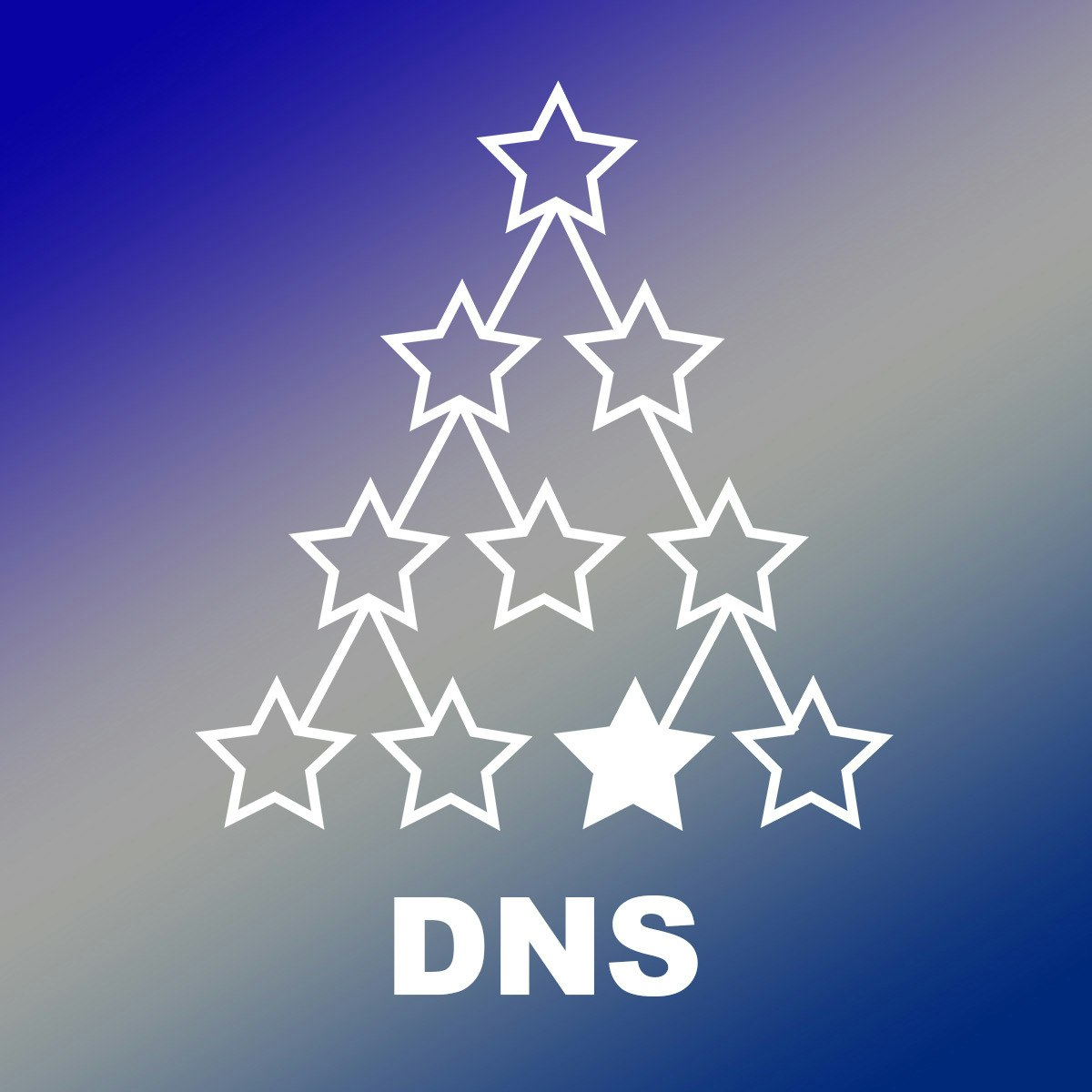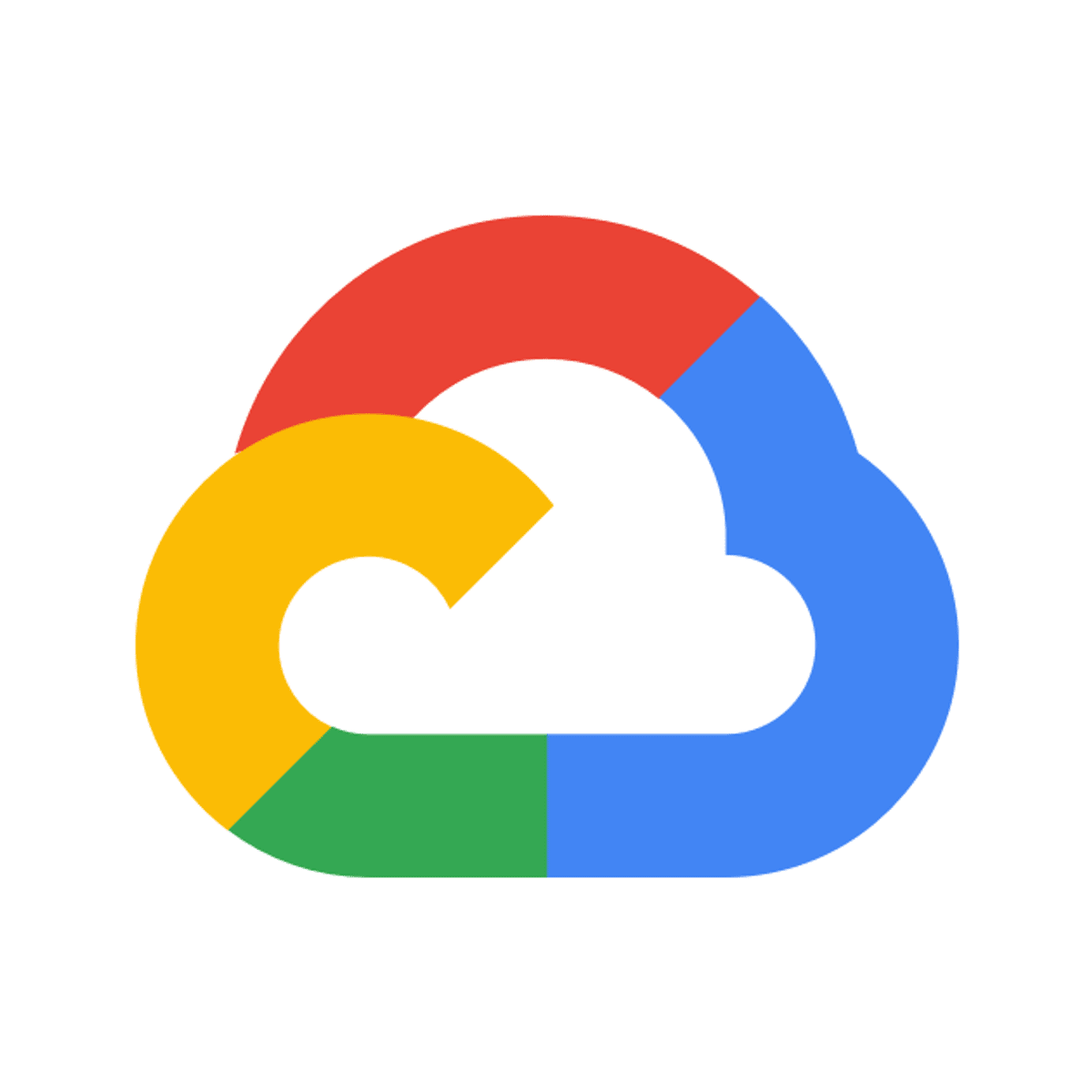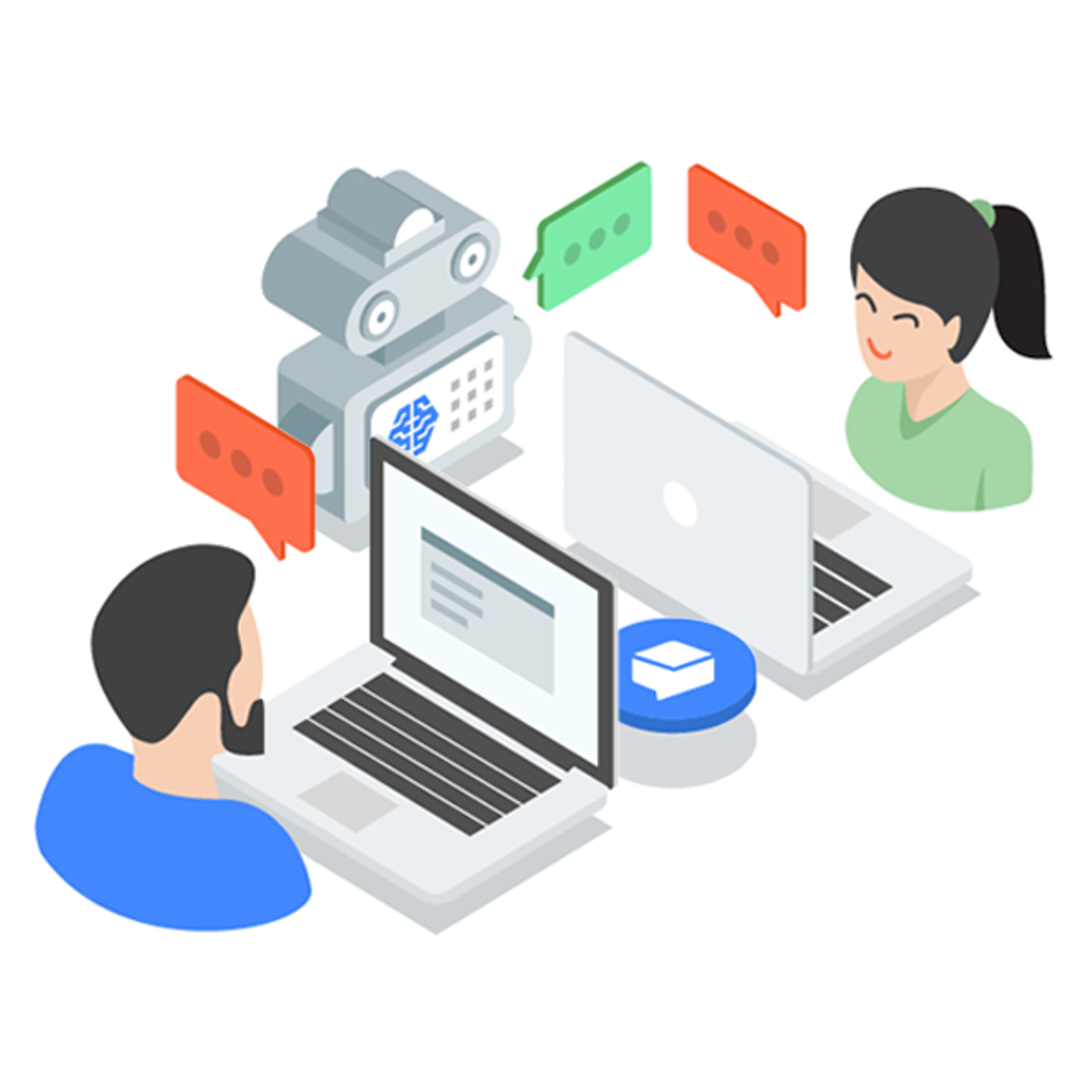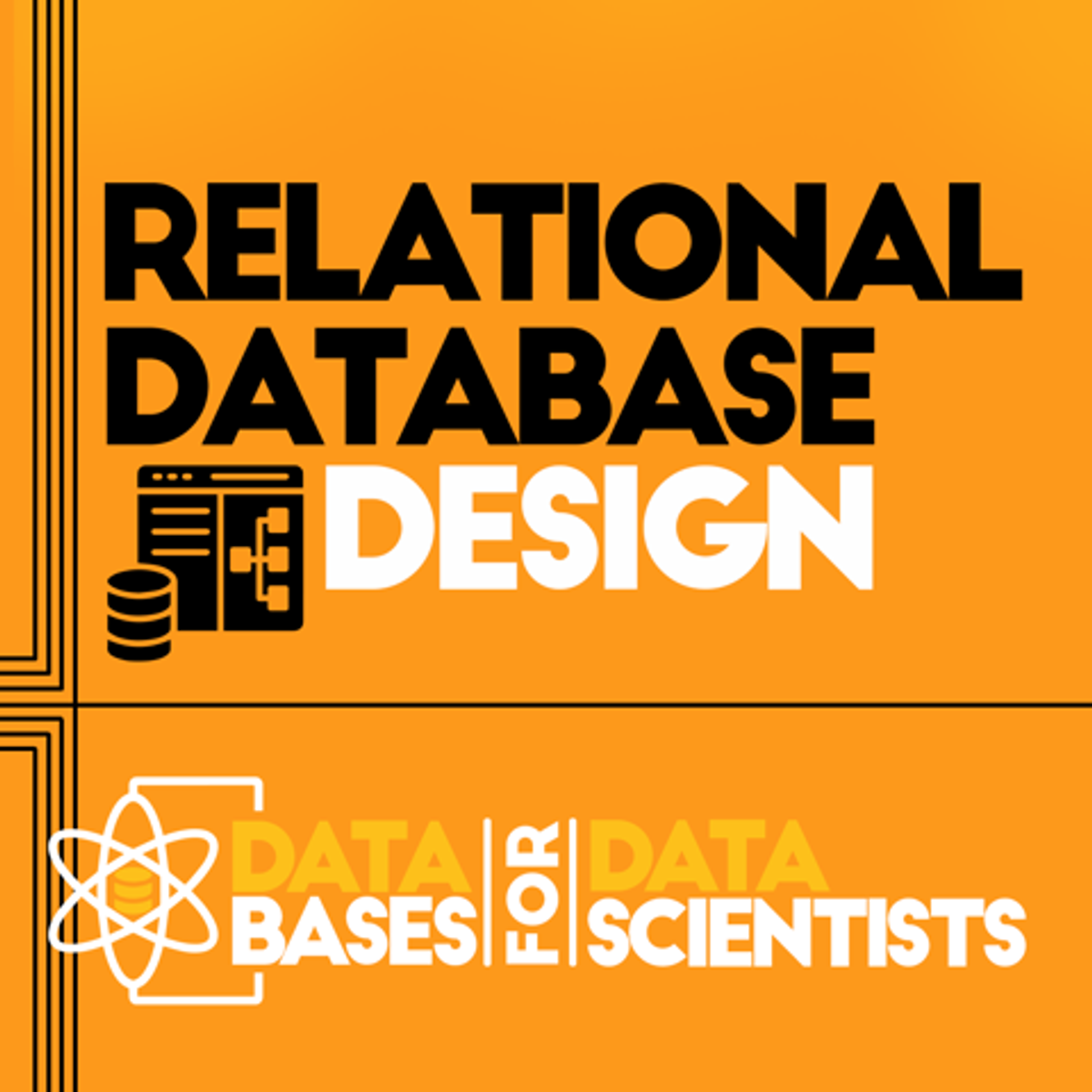Back to Courses









Information Technology Courses - Page 82
Showing results 811-820 of 1471

Introduction to the DNS (Domain Name System)
The DNS, or domain name system, is one of the most basic components of the Internet that has been in use since 1985. It is a fundamental component of the World Wide Web. This project takes you step by step to understand the structure and how the domain name system works. You will learn some handy DNS commands and will have a chance to try your hands on setting up a simulated domain name configuration as well.

Fundamentals of Big Data
Welcome to Fundamentals of Big Data, the fourth course of the Key Technologies of Data Analytics specialization. By enrolling in this course, you are taking the next step in your career in data analytics. This course is the fourth of a series that aims to prepare you for a role working in data analytics. In this course, you will be introduced to many of the core concepts of big data. You will learn about the primary systems used in big data. We’ll go through phases of a common big data life cycle. This course covers a wide variety of topics that are critical for understanding big data and are designed to give you an introduction and overview as you begin to build relevant knowledge and skills.

Creating New BigQuery Datasets and Visualizing Insights
This is the second course in the Data to Insights course series. Here we will cover how to ingest new external datasets into BigQuery and visualize them with Google Data Studio. We will also cover intermediate SQL concepts like multi-table JOINs and UNIONs which will allow you to analyze data across multiple data sources.
Note: Even if you have a background in SQL, there are BigQuery specifics (like handling query cache and table wildcards) that may be new to you.
After completing this course, enroll in the Achieving Advanced Insights with BigQuery course.
>>> By enrolling in this specialization you agree to the Qwiklabs Terms of Service as set out in the FAQ and located at: https://qwiklabs.com/terms_of_service <<<

Aruba SD WAN Basics
The Wide Area Network (WAN) is the focal point for connecting different sites of an organization in a global environment. In Aruba SD-WAN Basics, you’ll get an introduction to the Wide Area Network (WAN) and how Software Defined-WAN (SD-WAN) addresses today’s IT challenges. We’ll look at how SD-WAN simplifies network operations with automation and provide greater visibility to manage security challenges. Learn the fundamentals of how the Aruba SD-WAN solution works with EdgeConnect SD-WAN Fabric to simplify deployment, operations, and monitoring.
This introductory webinar is ideal for candidates new to SD-WAN technologies. We recommend a basic understanding of networking concepts, take the free Aruba Networking Basics course for a refresh.

How to create business cards using Adobe Photoshop
In this project, you will learn how to use Photoshop in Windows OS to create custom professional business cards. You will also learn how to work with fonts, including size and type, colors and the pen tool while designing your business card.
We will walk through each step from beginning to end together while learning the concept behind the various areas on the business card and what information to include on your business card.
By the end of the project, you will have a good understanding about layers, text fonts and sizes, working with colors. The special bonus is when you’ll use the pen tool to see how to easily add a shape and color to your business card to make it stand out from others. Photoshop is a good tool to use to make business cards for all levels of users, it’s easy enough to learn for a beginner and it has advanced features for more advanced users.

Advanced SQL Retrieval Queries in SQLiteStudio
In this course you will learn to write advanced SQL (Structured Query Language) retrieval queries using SQLiteStudio. Retrieving data from a relational database is one of the primary methods used by application and web developers to display data and populate web pages. Since a database can be made up of a complex combination of relational tables, retrieving that data can be challenging. You can meet those challenges by gaining experience with some of the more advanced SQL coding techniques. Through hands-on practice you will write SQL code to use functions and grouping, sub queries, calculated fields, and conditional expressions. In addition, you will experiment with alternative methods of joining tables for data retrieval.
Note: This course works best for learners who are based in the North America region. We’re currently working on providing the same experience in other regions.

App Dev: Adding User Authentication to your Application - Python
This is a self-paced lab that takes place in the Google Cloud console.
In this lab, you will enhance the online Quiz application to use Firebase authentication.

Predict Visitor Purchases with a Classification Model in BQML
This is a self-paced lab that takes place in the Google Cloud console. In this lab, you will use a newly available ecommerce dataset to run some typical queries that businesses would want to know about their customers’ purchasing habits.

Contact Center AI: Conversational Design Fundamentals
Welcome to "CCAI Conversational Design Fundamentals", the first course in the "Customer Experiences with Contact Center AI" series.
In this course, learn how to design customer conversational solutions using Contact Center Artificial Intelligence (CCAI). You will be introduced to CCAI and its three pillars (Dialogflow, Agent Assist, and Insights), and the concepts behind conversational experiences and how the study of them influences the design of your virtual agent. After taking this course you will be prepared to take your virtual agent design to the next level of intelligent conversation.
This is a beginner course, intended for learners with the following types of roles:
• Conversational designers: Designs the user experience of a virtual assistant. Translates the brand's business requirements into natural dialog flows.
• Citizen developers: Creates new business applications for consumption by others using high level development and runtime environments.
• Software developers: Codes computer software in a programming language (e.g., C++, Python, Javascript) and often using an SDK/API.
• Operations specialists: Monitors system operations and troubleshoots problems. Installs, supports, and maintains network and system tools.
Prerequisite: To be successful in this course, learners should have completed Google Cloud Product Fundamentals or have equivalent experience.

Relational Database Design
Have you ever wanted to build a database but don't know where to start? This course will provide you a step-by-step guidance. We are going to start from a raw idea to an implementable relational database. Getting on the path, practicing the real-life mini cases, you will be confident and comfortable with Relational Database Design. Let's get started!
Relational Database Design can be taken for academic credit as part of CU Boulder’s Master of Science in Data Science (MS-DS) degree offered on the Coursera platform. The MS-DS is an interdisciplinary degree that brings together faculty from CU Boulder’s departments of Applied Mathematics, Computer Science, Information Science, and others. With performance-based admissions and no application process, the MS-DS is ideal for individuals with a broad range of undergraduate education and/or professional experience in computer science, information science, mathematics, and statistics. Learn more about the MS-DS program at https://www.coursera.org/degrees/master-of-science-data-science-boulder.
Popular Internships and Jobs by Categories
Browse
© 2024 BoostGrad | All rights reserved


